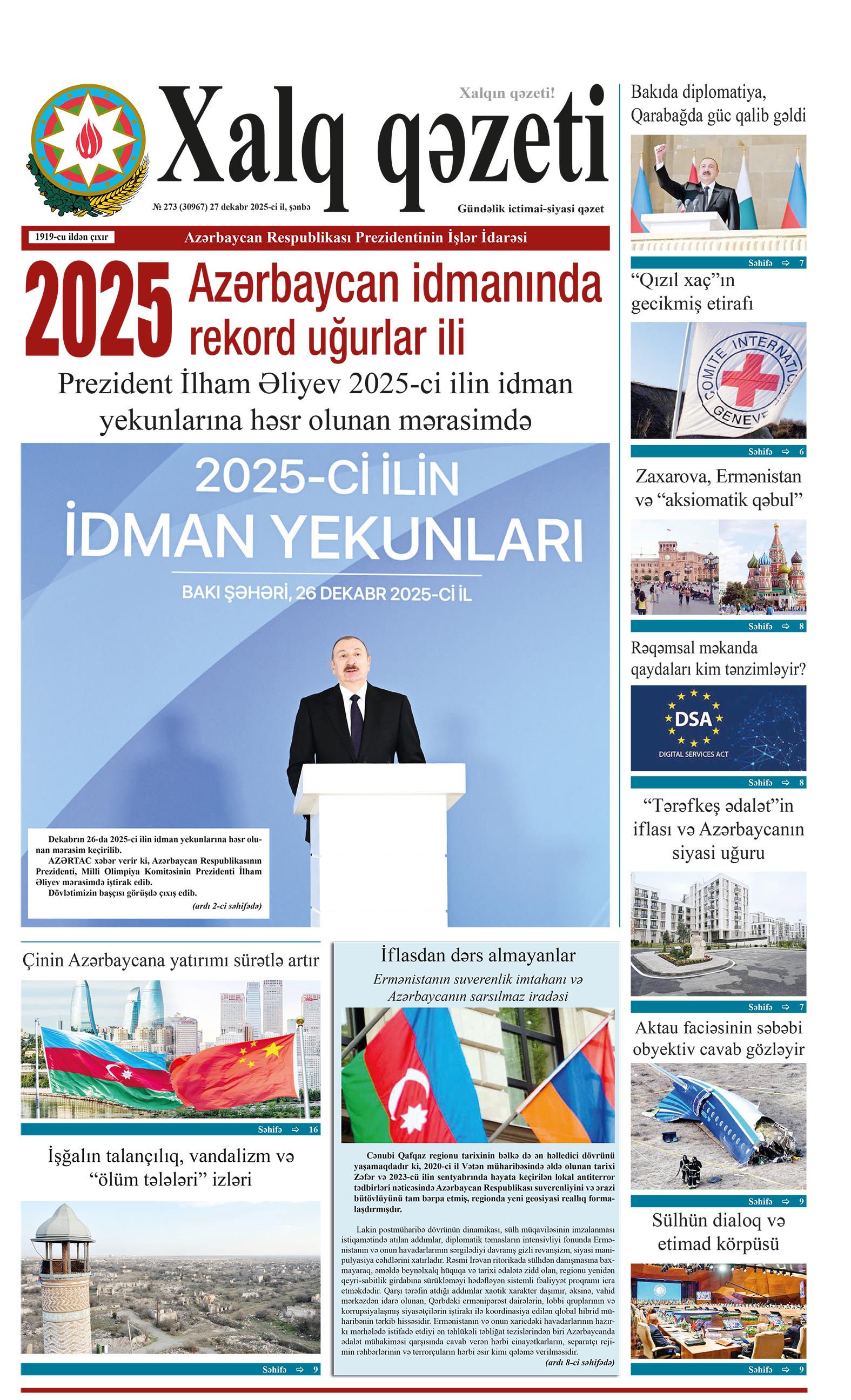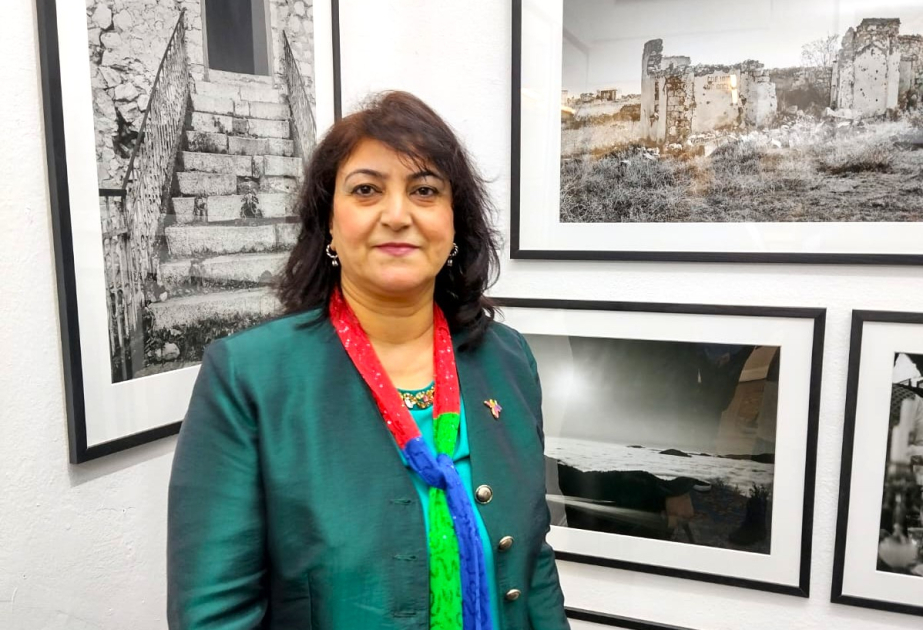Archaeologists excavating an area being prepared for an industrial zone uncovered a 5,000-year-old human settlement, including what may be the oldest public building found in Israel, Tazpit Press Service (TPS) reported.
Among the finds at Hurvat Husham, near Beit Shemesh, is a large, well-preserved structure -- possibly a temple -- that served a central community function of some kind.
“The size of this structure that we uncovered, its broad walls, the benches inside it and other variables indicate that it is an important and exceptional structure with a public function -- perhaps a temple,” said excavation managers Ariel Shatil, Maayan Hamed and Danny Benayoun.
“We know almost no public buildings in Israel from this ancient period and earlier,” say the researchers. “Comparison with the few known buildings of this type produces the conclusion that this is probably one of the earliest temples ever discovered in the Judean Lowlands.”
They said about 40 intact pottery vessels were found inside, including many tiny ones that may have held a symbolic or ritualistic purpose rather than being intended for everyday use. The directors noted that the vessels appeared to have been left in their original positions shortly before the site was abandoned.
“It’s fascinating to imagine the people who left this pottery behind,” the directors said. “There are signs of burning, with vessels that fell on top of one another, suggesting that the site may have been abandoned due to a sudden event. Laboratory analyses of the vessels’ contents, using advanced scientific methods, will help us identify whether they held water, oil, or perhaps exotic oils or other specialized substances.”
The Hurvat Husham site also revealed two of Israel’s earliest pottery kilns, indicating the settlement’s role in pottery production, a vital industry in early urban societies. These kilns highlight the beginning stages of standardized craft production, a hallmark of increasing social complexity and urbanization in the Early Bronze Age. Antiquities Authority experts believe this discovery could enhance understanding of local trade networks and economic practices in the ancient Judean Lowlands.
Another significant feature at the site is a set of large standing stones arranged in rows, which appear to predate the construction of the public building. Dr. Yitzhak Paz, an Early Bronze Age expert at the Antiquities Authority, explained that the stones likely marked an open area for communal ritual activities before the construction of enclosed public spaces with restricted access.
“This development from open to enclosed cultic spaces reflects a shift toward more regulated and hierarchical social structures. It’s an early example of urban planning in Israel and a sign of the emerging socio-political complexity in the region,” said Paz.
According to the Antiquities Authority, the Early Bronze Age marked a transformative period in Israel’s history, characterized by rapid population growth, societal stratification, and the establishment of centralized power structures.
As urbanization took root, settlements began to feature monumental public architecture, including fortifications, temples, and administrative buildings.
These early urban centers also engaged in extensive trade with neighboring regions, including Egypt, Syria, Anatolia, and Mesopotamia, which helped shape Israel’s cultural and economic landscape.
Hurvat Husham’s initial excavations first began in 2021, and additional digs have revealed the site’s scope and historical significance.
The excavation’s findings will be displayed in Jerusalem.


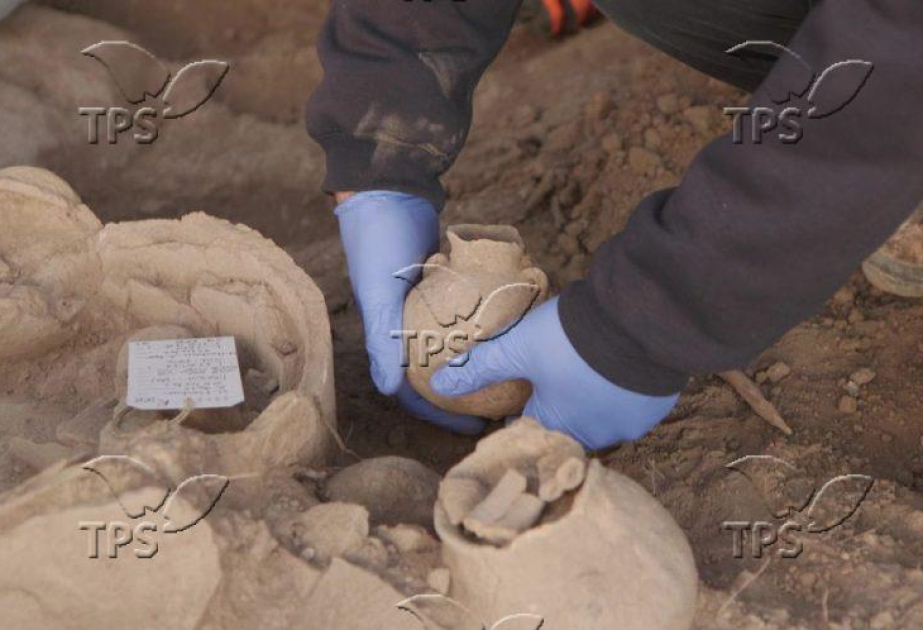
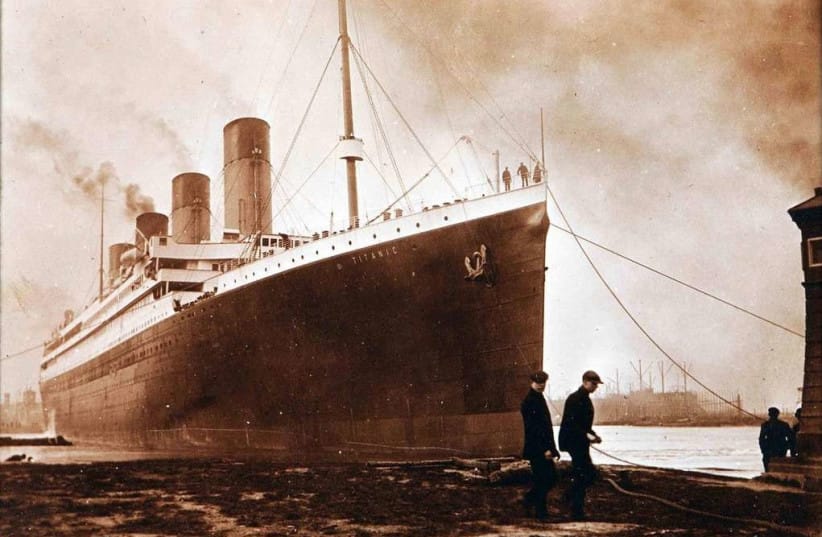

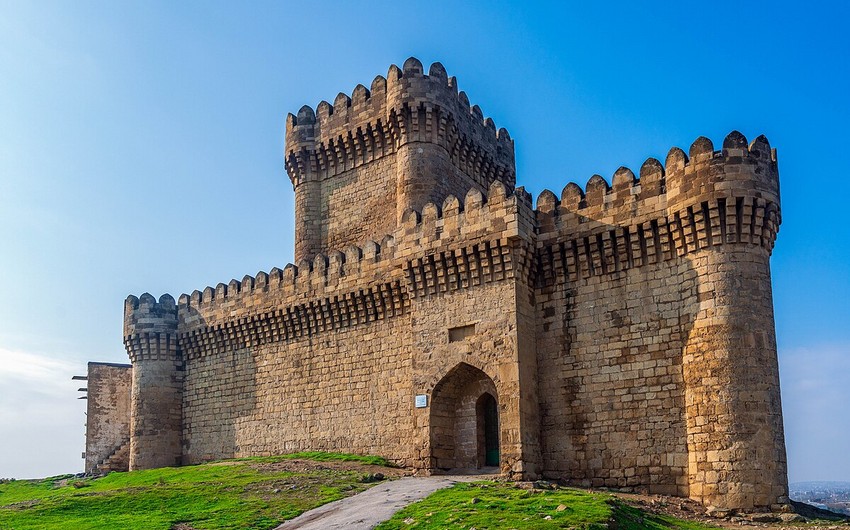
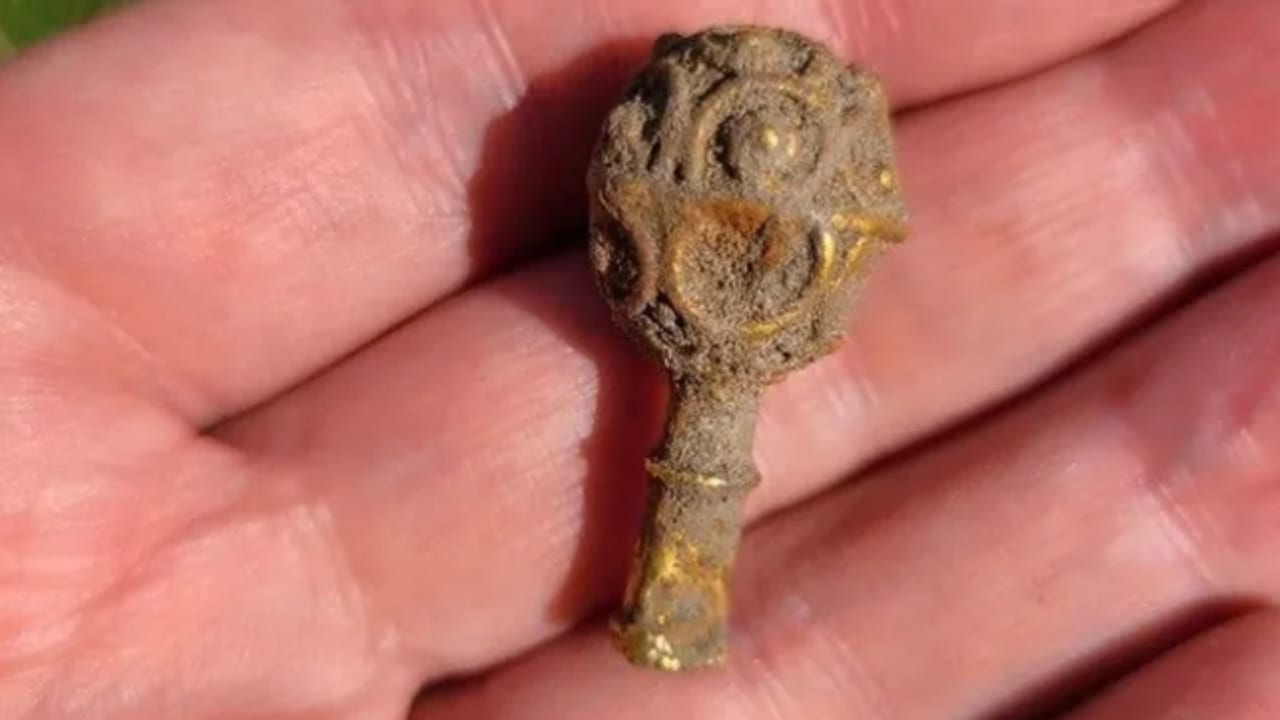
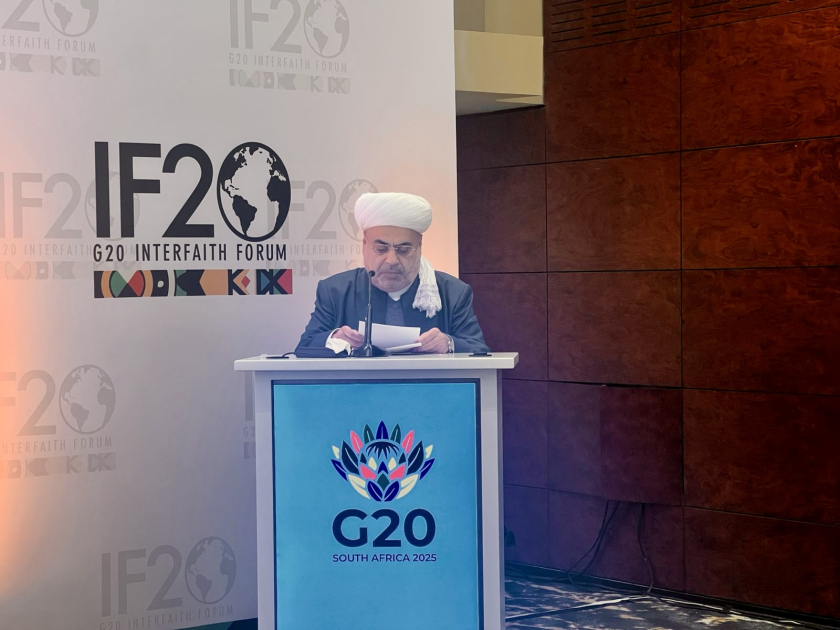
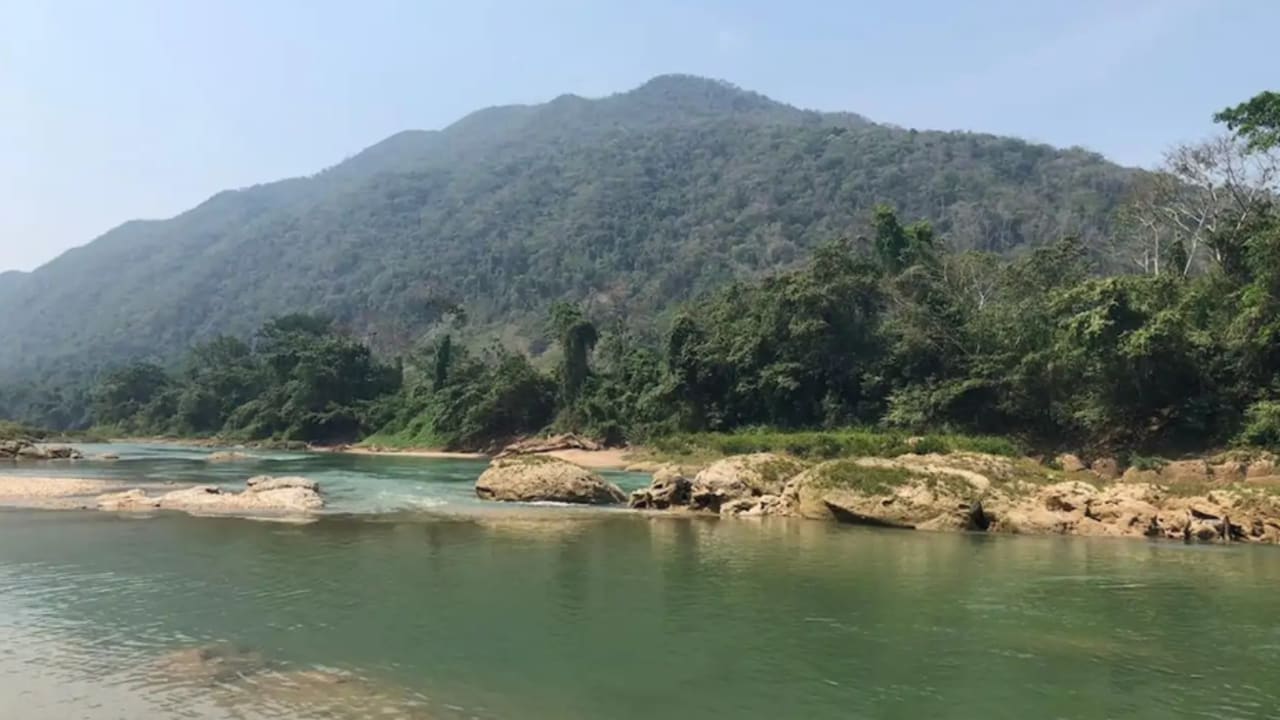
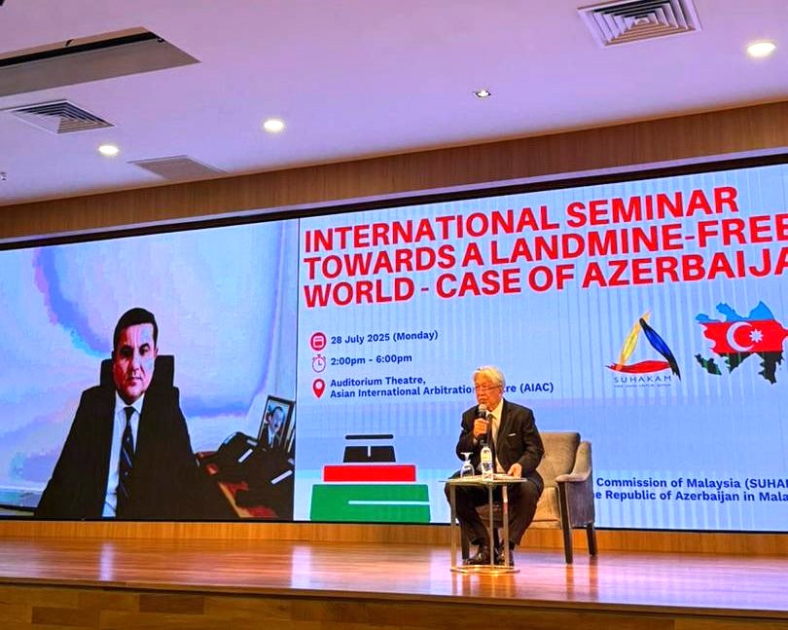

.jpg)



